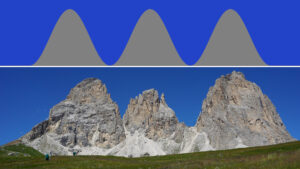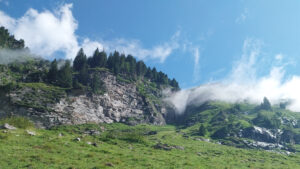FS 3.510
Research on the edge: Vertical Ice
Details
Full Title
FS 3.510: What can we learn from vertical ice features on glaciers?Scheduled
TBATBAConvener
Co-Convener(s)
Peal, RobertAssigned to Synthesis Workshop
---Thematic Focus
No focus definedKeywords
Vertical Ice, Glaciers, Mass Balance, Field Work, Modelling
Description
Steep ice on land can be found in different environments in the form of land-terminating ice cliffs, ice cliffs on debris-covered glaciers or the front of surging glaciers. Vertical ice surfaces experience unique environmental conditions compared to flat glacier areas, including differential exposure to solar radiation, atmospheric conditions, and ice-atmosphere interactions. Understanding the processes driving accumulation and ablation on these steep ice surfaces is critical for accurately predicting their mass balance and understanding their behaviour. Although vertical or steep ice features typically make up only a small percentage of a glacier’s surface area, they can significantly contribute to its mass loss and the changes it undergoes. At times, these features behave counterintuitively, as seen in northern Greenland, where vertical ice cliffs at the edge of an ice cap periodically advance despite the overall mass loss of the ice cap. This session welcomes all aspects of research related to vertical ice, including field observations, experimental methods, and modelling approaches.


